School Entrance Ceremony in Japan: Preparation For Parents
What To Expect, Wear And Avoid At Nyuugakushiki
Wondering what to expect at your child’s nyuugakushiki? Read on for a primer on school entrance ceremonies in Japan!
While much of the world starts school in September, Japan’s academic year begins with the sakura (cherry blossoms) in early to mid-April. And, accordingly, the special school entrance ceremony, called nyuugakushiki in Japanese, is held in early April in Japan, a few weeks after March graduation ceremonies are held.
Just as graduations have music, speeches and formal attire, school entrance ceremonies in Japan too come with a typical format and set of expectations for all involved. Nyuugakushiki generally introduce the school, teachers and classroom to new students. And, both students and parents are expected to dress formally (more on that below!)
Navigating the public school system in Japan can be tough, especially for parents who grew up elsewhere. But, there are many ways to help you and your child prepare for elementary school, from encouraging communication to practicing literacy and math skills. We hope our guide to nyuugakushiki can make your family’s transition to a new life stage more manageable.
What should parents expect at a school entrance ceremony in Japan?
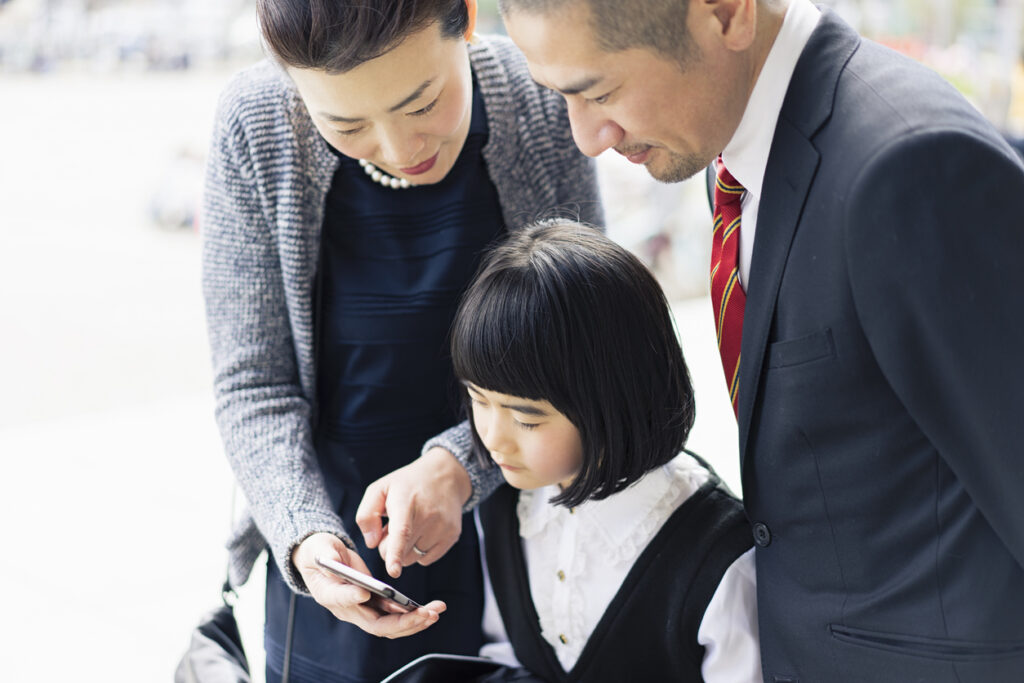 © Photo by iStock: Yagi-Studio
© Photo by iStock: Yagi-StudioAs with many ceremonies in Japan, these proceedings usually follow a standard flow of events. Many, if not most, entrance ceremonies begin around 9 a.m. When you first arrive at the school, you hand in your child’s shuugaku tsuuchisho (school attention notice), received from the local government in the mail. Then, the new students will be escorted to their classroom to meet their tannin sensei (homeroom teacher) and fellow classmates while you wait in the hall or gym for them to come in all together.
The ceremony itself will likely consist of the Japanese national anthem, opening remarks by the kouchou sensei (principal), vice principal, PTA president and other teachers. Sometimes the first-year students remain quiet and sometimes they are expected to reply to roll call, but this depends on the school. Both second and last-year students will often participate, making speeches of thanks and/or singing, especially the school song.
Then, there is usually a commemorative photograph taken followed by students being led to their classrooms by their new homeroom teachers. Parents are escorted there soon after as well to listen to the teacher’s welcome and collect the (many) goods to take home and label. Then, it’s time to take your own photos as a family, meet some other parents and go home!
What Should Parents Bring
 © Photo by iStock: monzenmachi
© Photo by iStock: monzenmachi- Several reusable bags to place all of the documents and school supplies you will receive at the ceremony.
- A writing implement (usually a black pen) and hanko (seal) in case you are required to fill out or hand in documents on the spot.
- A permanent black marker for name labeling, because some schools prefer if you label some supplies quickly in the classroom rather than bring them home.
- Indoor shoes with a bag.
- Video camera and/or camera and/or smartphone to record the event.
- Quiet amusements for younger children who attend (coloring books, stickers, etc.)
What Should Parents Wear
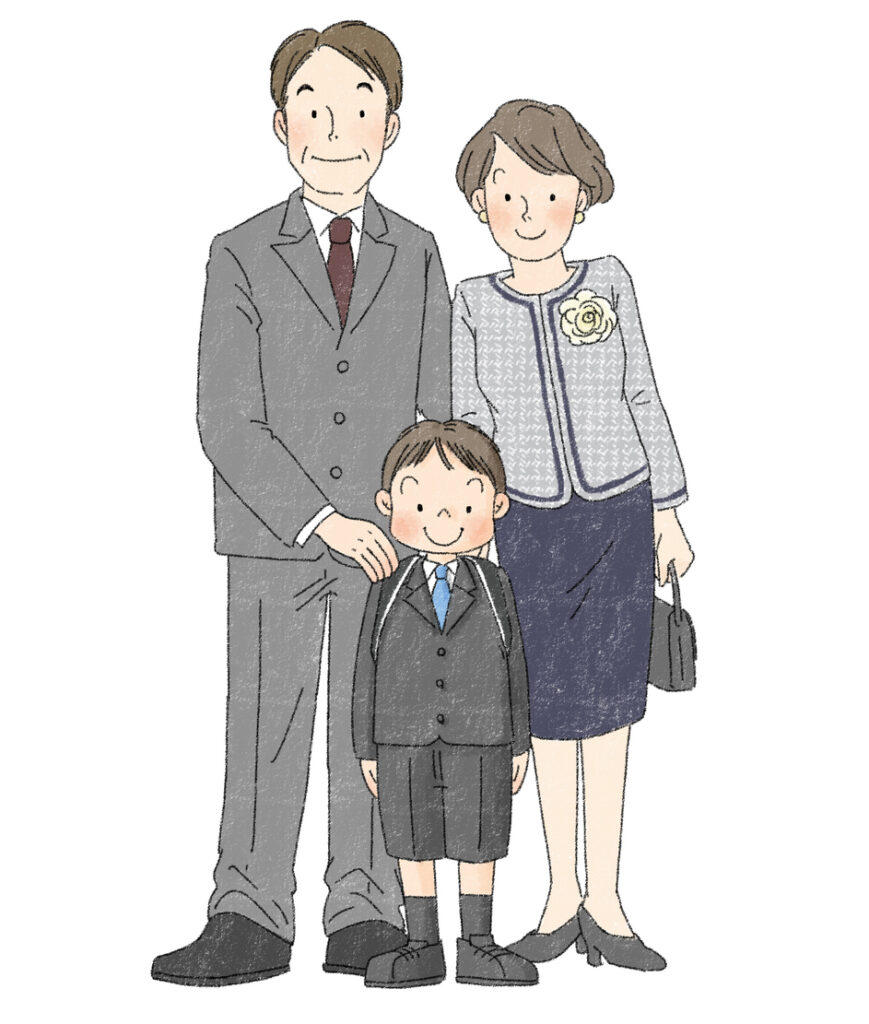 © Photo by iStock: Uni Hirano
© Photo by iStock: Uni HiranoFathers:
- Formal suit. The best suit colors are navy and gray.
- Necktie
- White dress shirt
- Dress shoes
Mothers:
- Wear a dress and jacket; or pantsuit; or blouse, skirt and jacket combination. The best colors are neutrals, such as dark navy, gray, black, white and beige.
- Low heels or flat shoes
- Clutch or small purse
- Flower brooch/corsage (optional)
- Pearl jewelry (optional)
What Parents Shouldn’t Wear/Avoid Doing
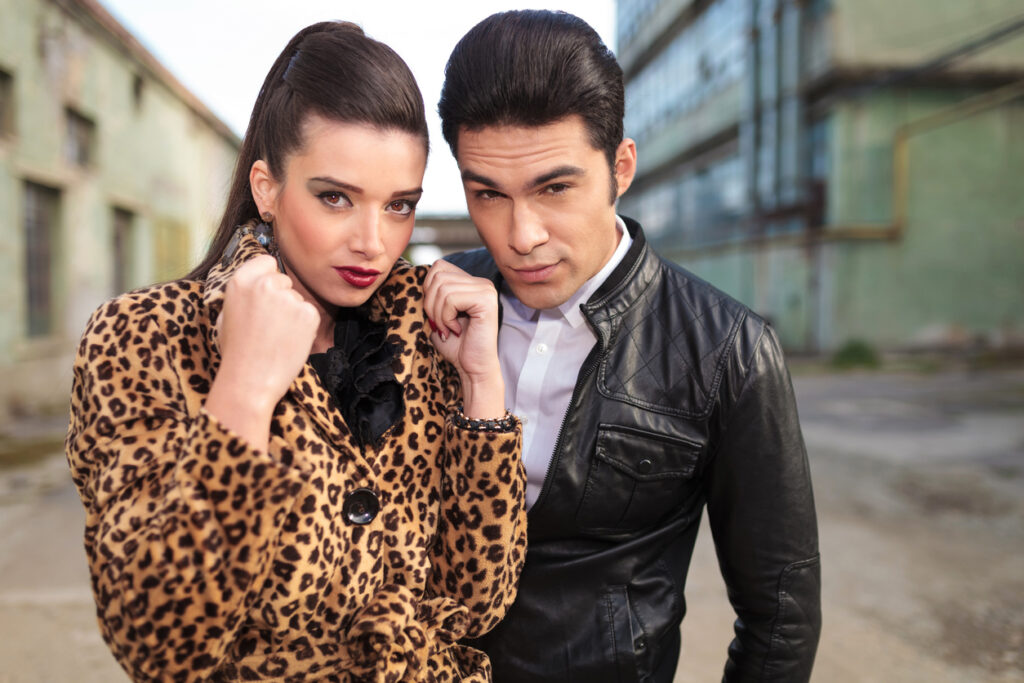 © Photo by iStock: feedough
© Photo by iStock: feedoughAttire:
- Avoid bright colors and loud patterns
- Avoid very high or stiletto-style shoes
Behavior:
- Put smartphones on silent mode and avoid browsing, texting, etc.
- Avoid calling out to your child during the ceremony (even cheering is generally discouraged, but hearty applause is always fine)
- Follow the school’s rules regarding photos and videos for when and where it is acceptable
5 Shops In Tokyo To Buy Entrance Ceremony Looks
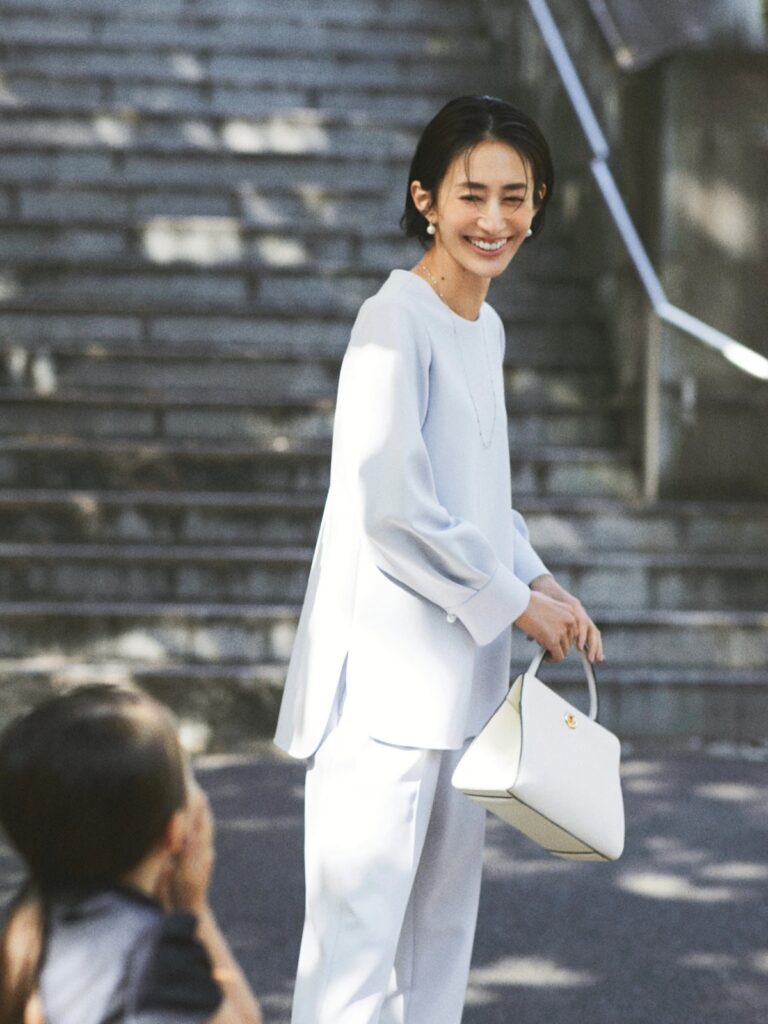 © Photo by United Arrows
© Photo by United ArrowsJapan has plenty of retailers to choose from when it comes to formal attire for entrance ceremonies. From budget chains to luxury shops, the consumer landscape starts to shift towards ceremonial dress beginning in March. Although it’s possible to find bargains, expect to spend a bit more than usual for the occasion. Below are a few options that range from affordable to stretching the budget.
1. Ropé Picnic
Rope Picnic gives shoppers five different styles at a variety of price points to choose from including blouse and pants combos as well as lace dresses.
2. PLST
PLST offers lots of pantsuits as well as blouse and pants sets in their lineup. But, those looking for a dress can still find a few options.
3. United Arrows
United Arrows is all about modern and chic takes on traditional ceremonial wear. These trendy looks can even find a place in your regular wardrobe after ceremony season is done.
4. Baycrews
Plan to spend more at Baycrews than the other retailers listed so far. Options may be priced at the upper end of most people’s budgets.
5. Mitsukoshi Isetan
Mitsukoshi Isetan is your one-stop (department store) shop for luxury brands. If you’re buying a whole new outfit, expect to spend five to six digits here!
Welcome to the first of many ceremonies in Japanese elementary school! What advice do you have for parents of new students?












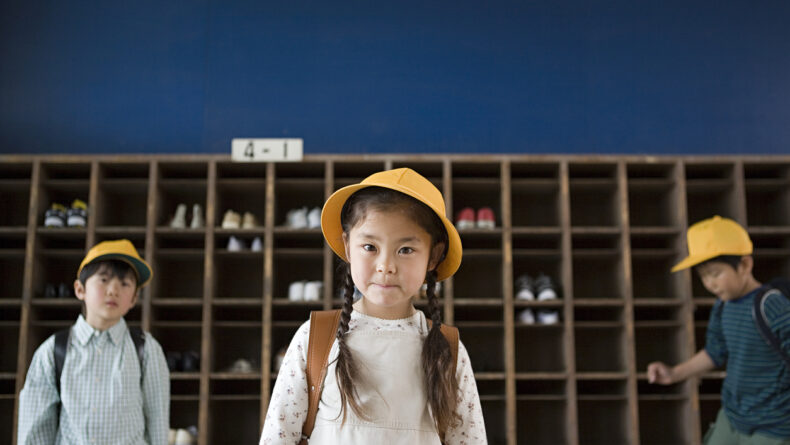
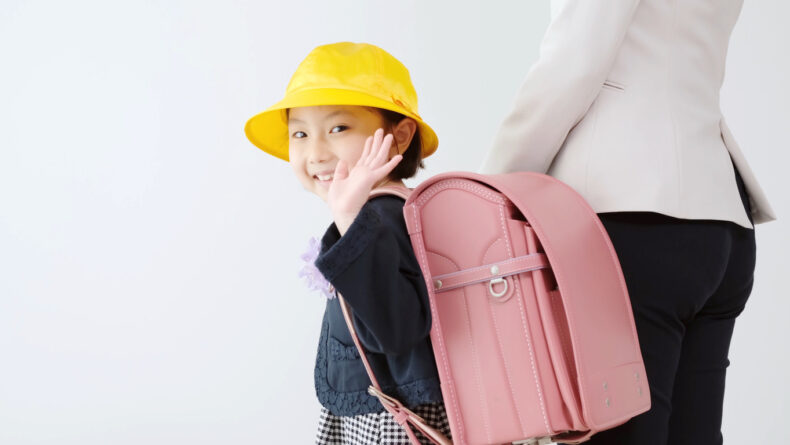


Leave a Reply